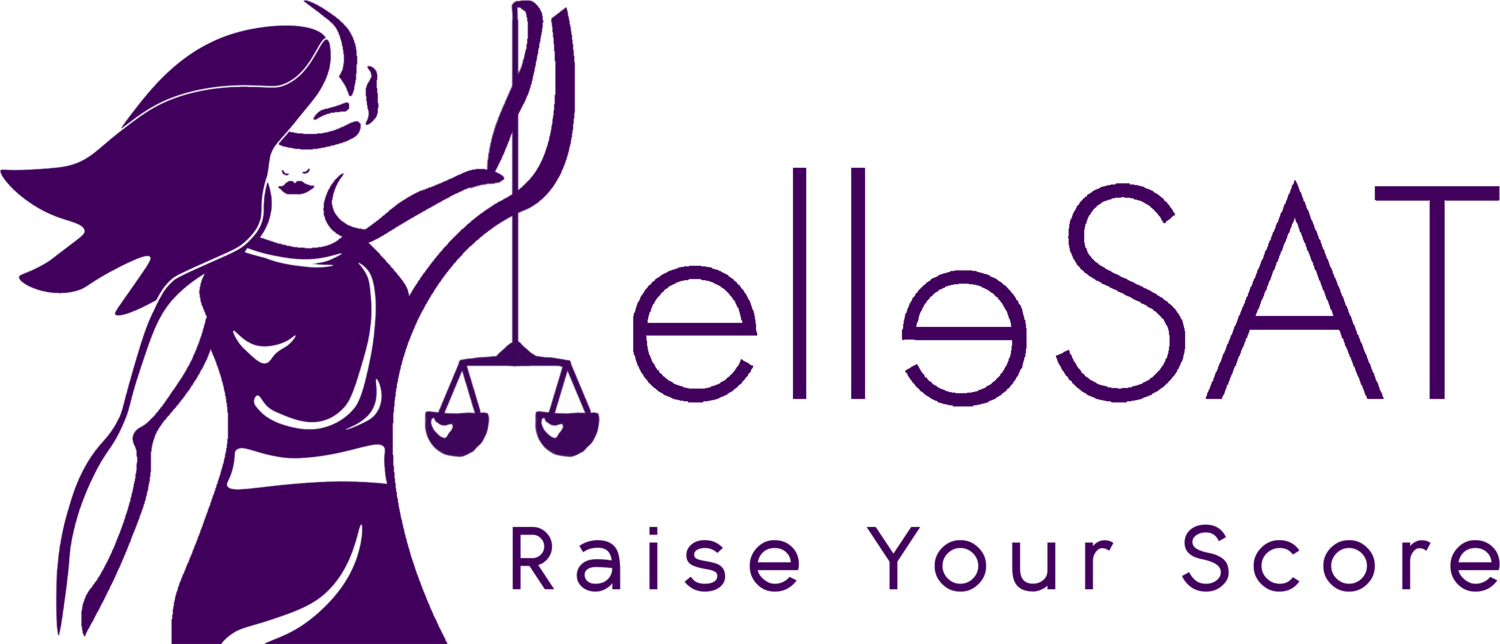Reading comp advice from Anita
For advanced LSAT students, unlocking the final points in reading comprehension can become an obsession. Here are some tips from Anita that have worked well for a number of her students:
1) Save main point questions for last.
I’ve found that sometimes the main point is clearer after working through the questions.
2) Read the passages you do best in first.
If you’re an arts and culture person, do those passages first! Some people think you shouldn’t do this because you don’t know which passages are the most difficult, and you might end up with an awful culture passage (think Chinese Talk Story, PT 55; Great Migration, PT 80; Isamu Noguchi, PT 59).
I get downvoted on Reddit a lot for saying this, but I have taught this test to at least a dozen students since coming up with this recommendation, and I feel confident in saying that the low end of your score will hold steady if you take this approach, i.e., your score will not go down from doing this even if you get whalloped with a hard passage in your strong area. The worst case scenario here is that you end up missing some easy questions within a relatively easy science passage by running out of time - but this will not happen if you move diligently through the section, see point 3.
When the stars align and you get an easy passage in your strong area, you will get your highest score ever.
3) Work quickly through the section.
Guess on questions you aren’t 100% on, flag them, and move on. (This includes main point questions: you can come back to them after reading another passage if you’re not feeling confident about them.) Moving quickly through the test is a crucial LSAT skill. If you move quickly, you will always get 17 correct in every section. As you get better in your time management and subject area knowledge, that floor will come up to about 23.
You want to shoot to have 2-3 minutes at the end of the test to revisit your flagged questions.
4) “The author is most likely to agree with…”
When you see a question like this, pay attention: the LSAT will frequently present a reasonable inference and a restatement of something the author says within the passage. If there is a restatement and the word “infer” does not appear in the question stem, choose the answer choice that is a restatement. The author is most likely to agree with the thing that they actually said.
5) Practice summarizing each passage as you read it.
When I was first mastering the section, I found it helpful to take notes making a very high-level summary of what each individual paragraph was doing, with a note to both structure and content. I’ll do a blog post about this at some point.
6) Pro tip: there’s often a passage that can be dealt with in ~5 minutes.
I feel badly putting this out there because I haven’t figured out quite yet what the tell is on the passages that can be done quickly. But it’s become clear to me that there is often either a specific passage that can be dispatched with very quickly by the experienced testtaker, or, two passages where the advanced student can regain significant time by largely skipping a paragraph therein. I am slowly building up a list of these passages and sharing them with students as they progress. I’m sorry to tease this and not offer much in the way of specifics, but this has largely to do with a level of intuition that I try to help my students to develop as they move through their studies.
My big tip to this end is that when you get into a passage that has significant detail illustrating a main point or thesis, that often the paragraph can be skimmed for structure (see tip 5) because it is clear that there will be a specific question drawing on evidence presented within this detailed passage. The test will reward you for skipping the paragraph and then going hunting for the answer to the specific fact question. This is why you see people asking about using CTRL + F during the LSAT: those people are digging for the answer to a specific fact question. If you’re using CTRL + F this way though, be forewarned:
7) The testmakers knows you’ll try to use CTRL + F, and they’ll put in red herrings or use synonyms to obscure what they’re asking about.
Enough said.
8) It’s all about finesse -
The difficulty in this section for the advanced student often comes from the level of detail and particularity that the testmakers are looking for. A classic example of this is question 9 on PT 49 (a passage about African art).
Try out this passage if you haven’t already: it’s one of the ones that can be done very quickly if you apply the methods above.

